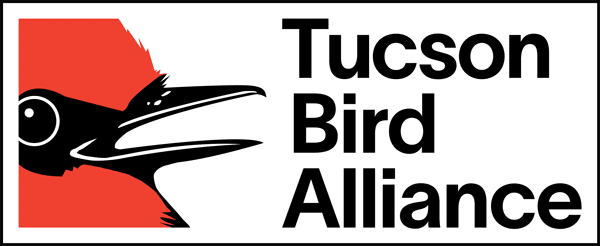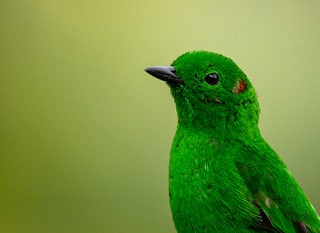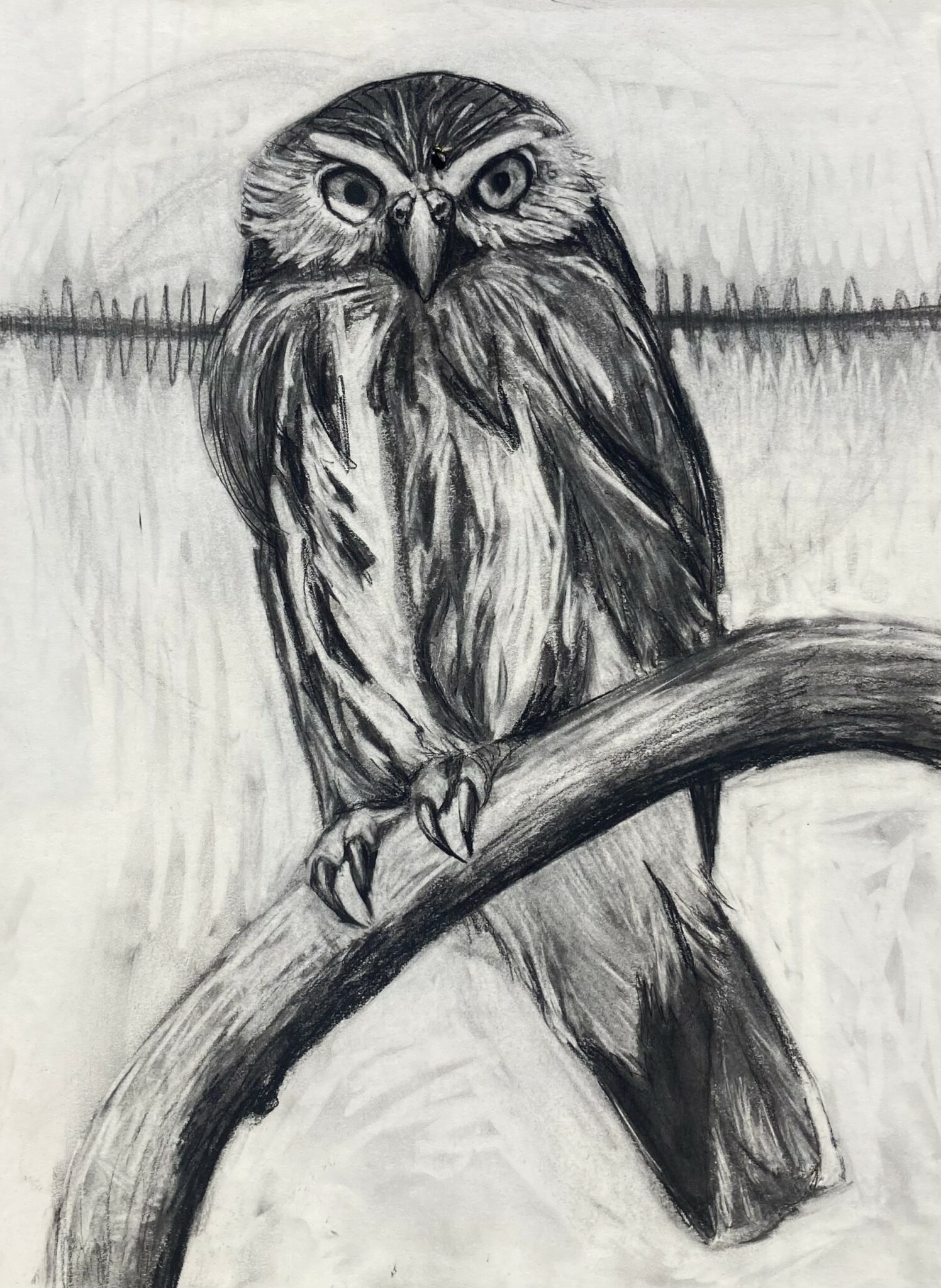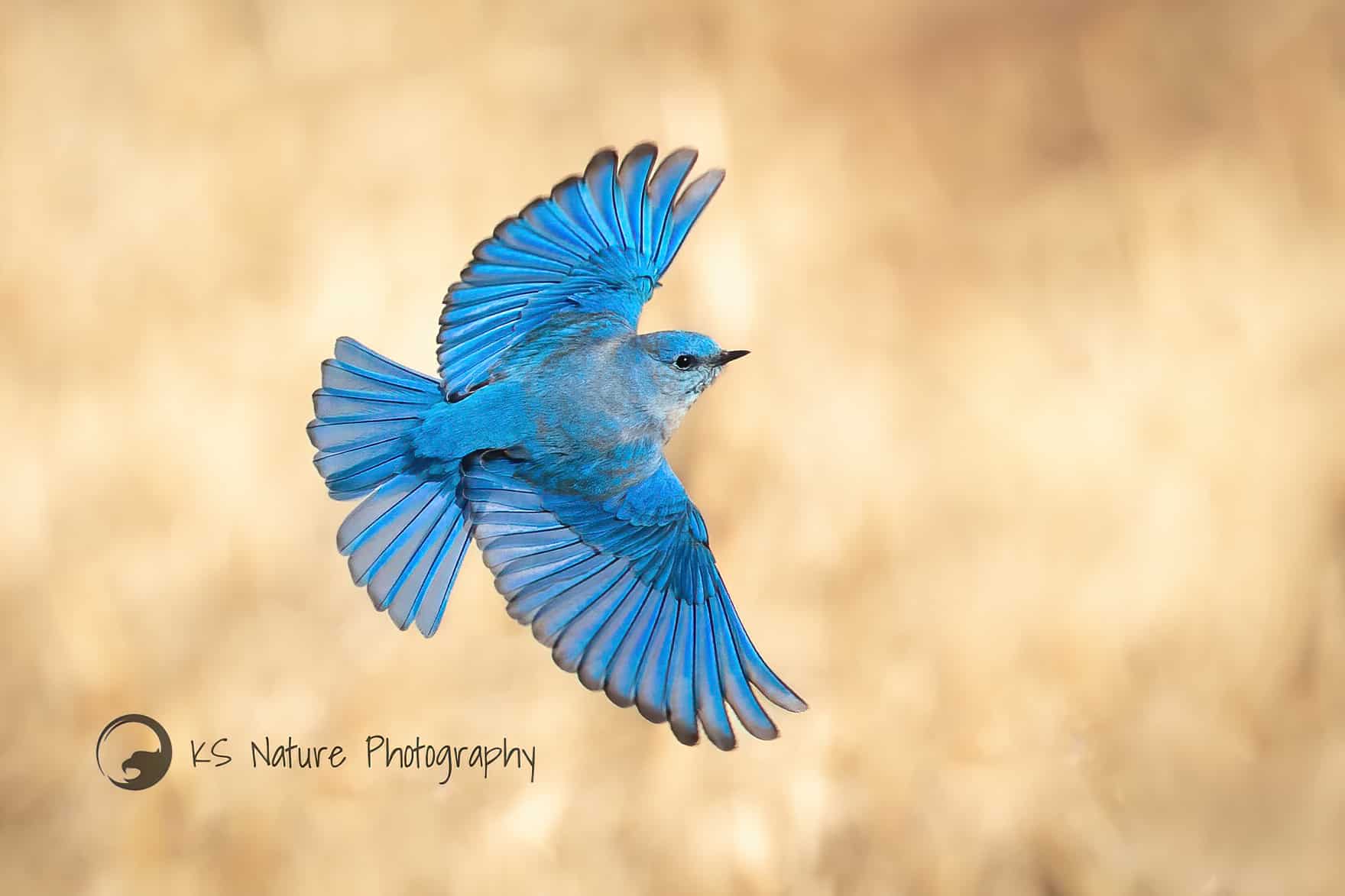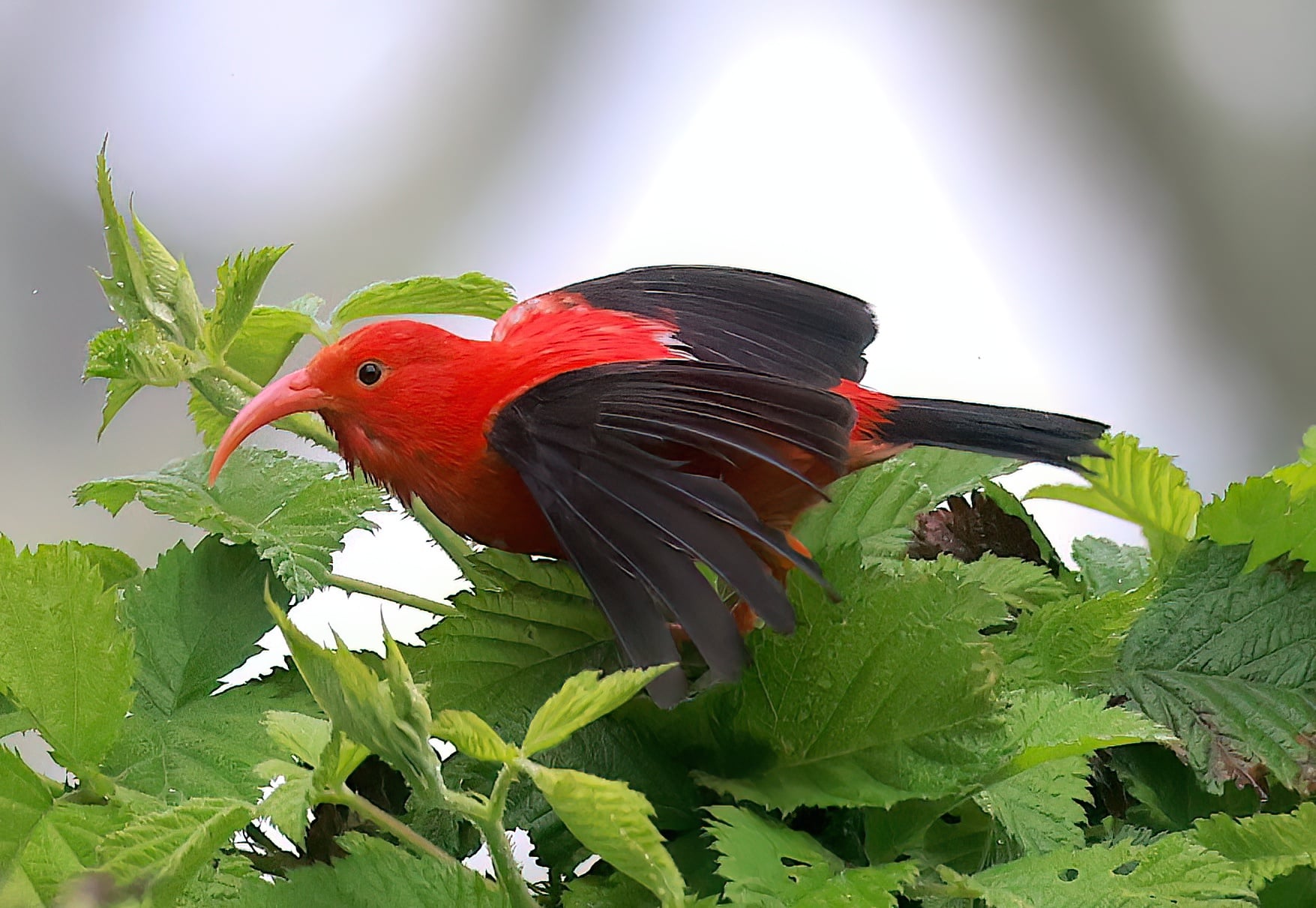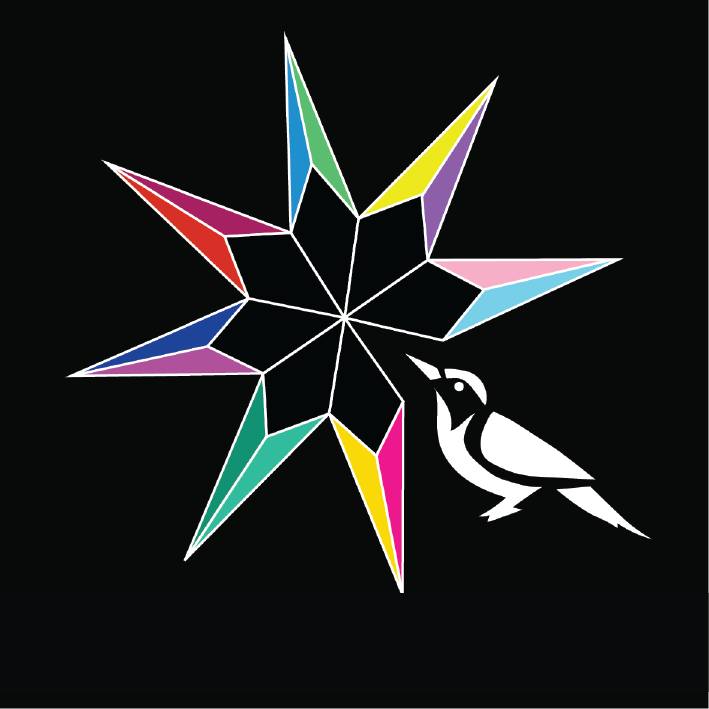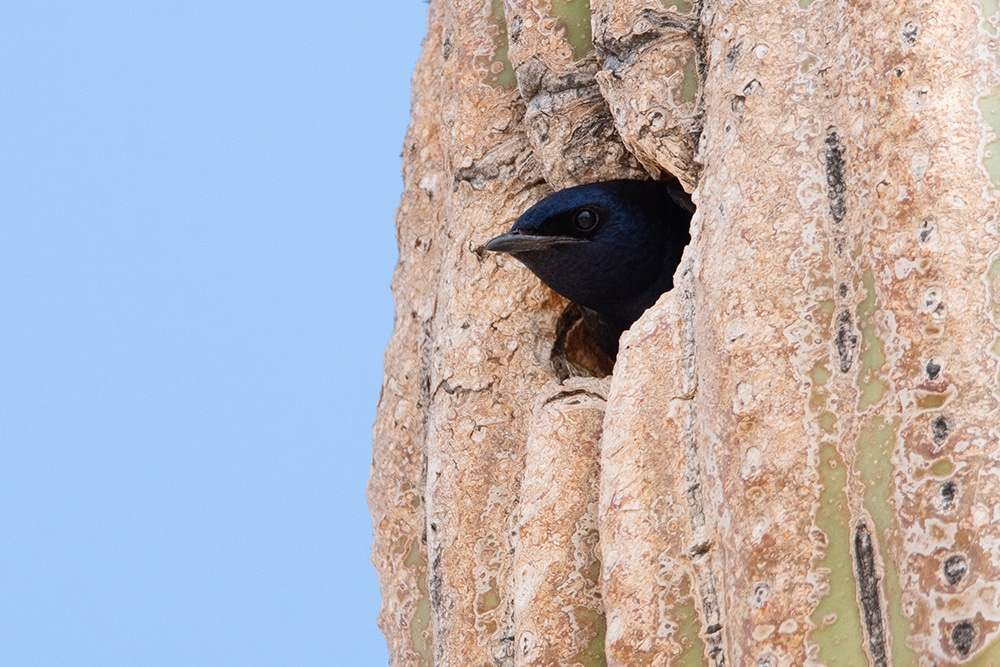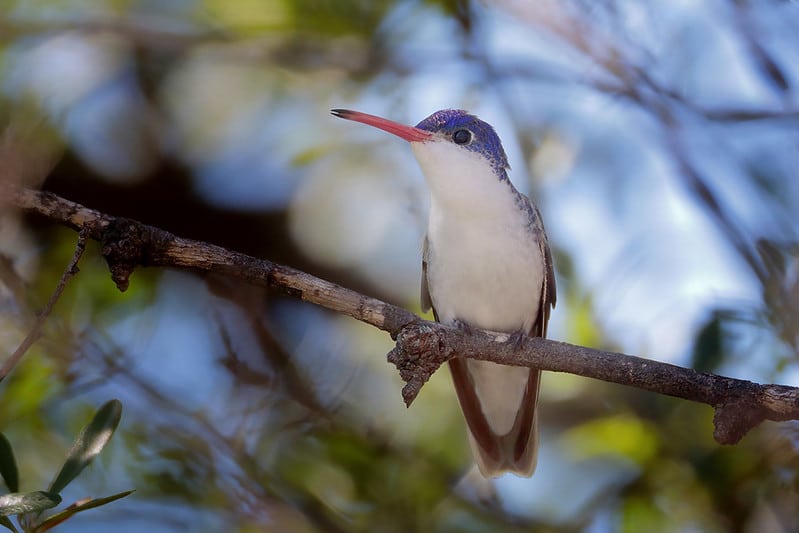When considering a South American birding destination, Ecuador should come first to your mind. This little Country packs a whopping 1700 plus species into an area less than the size of Arizona. There are numerous habitats, including Mountain coastal and rain-forest climates. Over half the Global total amount of Tanagers – 143 are found in Ecuador! Ecuador also holds the world record for the amount of Hummingbirds at over 132 Species! In this presentation we will discuss the numerous types of birds present, where you can see them and the efforts underway to conserve their habitats. Ecuador is an easy destination for US-based travelers as they use the American dollar as currency, no Visa requirements and the same electrical standards as the USA, and we will offer tips for first time travelers. (Limit of 60)
Glistening-green Tanager by Francisco Munoz
